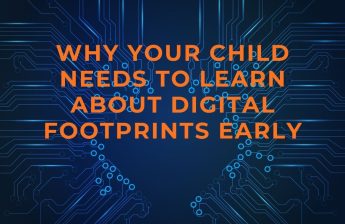Since the onset of the epidemic, companies have been in desperate need of innovation and execution. To achieve their innovation and transformation goals, manufacturers are embracing disruptive technology. Some businesses lack the necessary vision, processes, or capabilities to attain these objectives.
Manufacturers may align data and integrate agility into operations by combining the correct technologies with refining procedures and methodologies. One method for businesses to overcome innovation hurdles is to embrace digitization in manufacturing.
Developing an approach that incorporates the appropriate perspectives, techniques, and levels of complexity in order to achieve innovation and transformation goals. Many things are made possible by digitalization, including the creation of smart factories, intelligent supply networks, and advancements in R&D.
The way we think about and perceive digital transformation and innovation has evolved and continues to change. The availability of data is one aspect influencing this; it is now much easier than ever to obtain data in real time, and the digitalization of information from paper to internet means we can analyze it and make better strategic decisions based on it. Another factor that influences how people perceive digital change is its availability and accessibility. In the past, innovation was thought to be a branch of R&D, a science that required meticulous preparation and long-term thinking. Innovation is now viewed as a direct business benefit that can be reached in the short term rather than a long-term alternative, as it was previously regarded. Innovation is now a disruptive force that may transform a corporation in a matter of months.

With increased integration across data streams, industries, and segments, digitalization has added a new degree of complexity to global business. To succeed, it’s best to hide the complexity and focus on the end customer’s value and outcomes. Forward-thinking manufacturing companies like Haizol are well-equipped to assist both small and medium-sized businesses with their digitization efforts, digital manufacturing using cutting-edge technology, and supply chain optimization.
Digital innovation poses a number of difficulties; it is a complicated construct in which everyone wants to obtain the best results possible in production, and everyone aspires to be part of Industry 4.0, with a smart industrial environment. With this goal in mind, larger organizations often operate multiple small initiatives in separate facilities, which are difficult to evaluate in terms of effectiveness in terms of where the value is generated because they are not well integrated.
The difficulty here is that most firms have multiple digital projects within their divisions. What is best is to concentrate on one manageable issue at a time, considering the value from the beginning to the final customer. Consider how it benefits the end user, and focus on one aspect of the value chain at a time. Find out who your core customer is and what you can do for them, then start working on a solution. Then think about how quickly they might accept it.
COVID has had a significant impact on businesses in general, as well as their digital transformation. According to research, COVID has a detrimental influence on the operations of the vast majority of manufacturers. People have almost been pushed ahead as a result of this harmful consequence. People’s road maps went from years to months, and even weeks, overnight. COVID has hastened these shifts by instilling in businesses the belief that waiting or developing long-term plans is no longer an option.
Organizations can become more resilient by considering the big picture. Companies recognize that comparable disruption is likely to persist in the near future. It’s all about being prepared and ready for that, and developing the competence needed to enable digital change over the next ten years. COVID has accelerated all of the puzzle pieces; a strategy is required sooner rather than later.
Companies should think about what the future holds and how to use resilience technology to become more resilient.
Several factors must be considered while preparing for digitalization:
- What problem are you trying to solve?
- Do you have access to the information you require?
- Are you able to construct a digital twin using that data?
- Combination of taking an issue and simplifying it, analyzing the data you have, and connecting the dots with one of two or three jigsaw pieces rather than the entire puzzle.
We’ve seen a great awakening of digitalization’s power. Recognize that digitalization affects every aspect of every industry. Take it one step at a time, and get a sense of what we’re capable of.
Visit Haizol today to speak with a member of their team about how they can assist you in achieving your digital manufacturing goals.
References:







